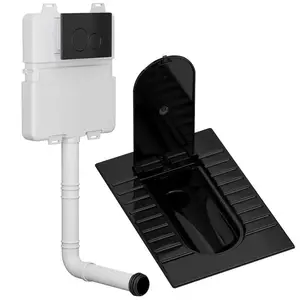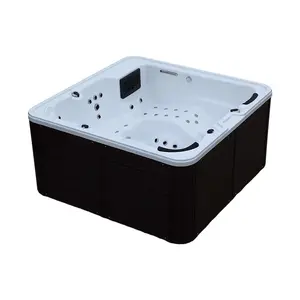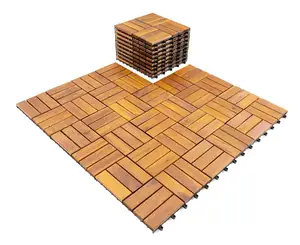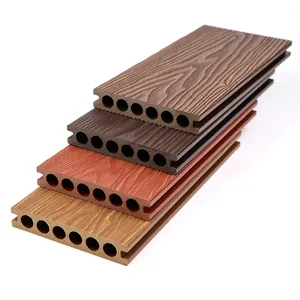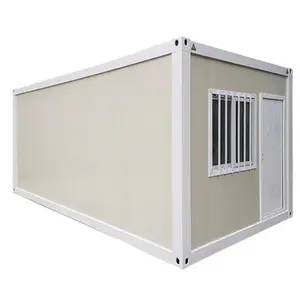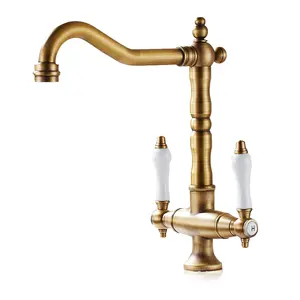Popular in your industry
































































Related Searches:
































Top categories
About delta shower diverters
Introduction
Welcome to the ultimate guide to Shower Diverters, a key component in transforming your bathroom into a luxurious oasis. This article will delve into the intricacies of shower diverters, their types, and their specific role in your shower setup. We'll focus on the Shower Diverter, renowned for its blend of style, functionality, and durability. We'll explore the different types of Shower Diverters, their benefits, and how they contribute to a successful bathroom design. Furthermore, we'll guide you through their installation, maintenance, and troubleshooting, ensuring you get the most out of your shower experience.
Understanding Shower Diverters
Shower valves, including diverters, control water flow and temperature, making showering more pleasant by reducing sudden changes. There are several types, such as mixing valves, pressure balancing valves, thermostatic valves, diverter valves, transfer valves, and manual valves. Diverter valves are unique as they direct water from a tub to the shower components, allowing for a tub-shower combo. Transfer valves, on the other hand, enable water flow to multiple outlets, like using a handheld shower head without shutting off the main shower.
What is a Shower Diverter?
A Shower Diverter is a key component of the bath collection, known for its geometric angles and edges that create a contemporary, elegant look. This diverter trim kit offers a 3-function diverter with 2 individual positions and 1 shared position. It's designed to complete your custom shower setup, providing a seamless blend of style and functionality. The durable construction ensures years of worry-free use, making your morning routine far from ordinary as you're surrounded by a bath that reflects your personal style.
Types of Shower Diverters
There are three main types of shower diverters. The basic rough valve without a built-in diverter, accommodating both pressure balance and thermostatic valves. The combined standard shower valve with a diverter within the same valve body. Lastly, the standalone diverter valve, designed to bring additional shower functions to the rough shower valve. Each diverter type has its own compatible trims, offering flexibility in design and functionality.
Benefits of Shower Diverters
Shower diverters are not only about aesthetics but also about functionality. They are designed to work seamlessly with various bathroom designs, ensuring that all components fit together perfectly. This eliminates the stress of having incompatible parts when the plumber shows up. Furthermore, the knowledge about these products is applicable to most brands of showers in general, making them a reliable choice. Whether you choose any brand, the functionality and design of these diverters contribute significantly to a successful bathroom design.
Quality and Durability
The Single Handle Shower Diverter is built to last, with durable construction providing years of worry-free use. The brand backs this faucet with a lifetime limited warranty, reflecting their confidence in the product's quality. The faucets also incorporate advanced technology valves that help the faucet last up to 5 million uses, ensuring longevity and reliability.
Design and Functionality
The Shower Diverter is a bold contemporary design, featuring crisp lines for an upscale feel. It consolidates custom shower design with its consumer-preferred streamlined style, eliminating the need for an additional diverter valve. With three popular style choices, it provides flexibility to select the type of custom shower functionality you prefer. The universal system gives you the freedom to upgrade style and functionality later, saving time, effort, and money on future renovation updates.
Installation and Maintenance
Shower valves, including the diverter valve, are easy to install, reducing the likelihood of water leaks. You can get valves with PEX B and PEX A adapters pre-installed, speeding up the installation process. For installing a handheld shower wand, the valve requires a diverter valve. Both Teflon tape and pipe thread sealant can be used on the diverter valve fittings to prevent possible water leaks. Always plan the ideal shower valve height for the user before connecting the universal valve to the diverter valve.
Installation Guide
To install a Shower Diverter, start by removing the decorative cap and the screw inside the knob. Then, remove the faceplate. Use a 3/8 in. Drive 7/8 in. 6-Point SAE deep socket to remove the old diverter. Insert the new diverter and tighten it. Reassemble the faceplate and knob, ensuring the screws are properly lined up. Test the water flow to ensure there are no leaks. This process is straightforward and can save you a costly plumber visit.
Maintenance Tips
Maintaining your shower diverter is crucial for its longevity. The diverter includes a cartridge that can stick, leak, or get blocked with mineral deposits. To keep it in optimal condition, you need to extract and repair the cartridge. The best part is, you can do this without turning off the water. Regular maintenance helps prevent issues and ensures the diverter functions smoothly, directing water between the tub spout and the shower head as needed.
Troubleshooting Common Issues
Shower diverters, integral to any tub/shower setup, can sometimes face issues. The diverter's cartridge might stick, leak, or get blocked with mineral deposits. To fix these problems, you need to extract the cartridge, a process that can be done without turning off the water. This troubleshooting guide can help you diagnose and resolve common issues with your shower diverter, ensuring a seamless and luxurious shower experience.
Leakage Problems
If your Push Valve shower diverter is leaky, it's crucial to address the issue promptly. A leaky diverter can be fixed by replacing it, which can save you a costly plumber visit. The process involves disassembling your shower valve, replacing the diverter, and reassembling everything. It's important to ensure the new diverter is tightened properly to prevent further leaks. If after replacement, the water flow is still leaking, you may need to tighten the diverter or screws further.
Diverter Stuck or Not Functioning
Shower diverters can sometimes get stuck or stop functioning. This is often due to the rubber gasket in the diverter valve wearing out or forming indentations, especially if the diverter is left engaged at all times. This wear and tear can lead to leaks and eventually prevent water from flowing to the showerhead, regardless of the diverter controls' position. It's advisable to disengage the diverter when not in use to prolong its lifespan and maintain optimal functionality.
Conclusion
In conclusion, Shower Diverters are a crucial element in creating a luxurious and functional shower setup. Their unique design and functionality offer a seamless blend of style and practicality, ensuring a worry-free use for years. With various types available, they provide flexibility in design, catering to different needs and preferences. Easy installation, maintenance, and troubleshooting further enhance their appeal, making them a reliable choice for any bathroom design. Whether you're renovating your bathroom or simply upgrading your shower, Shower Diverters are a worthy investment, promising a shower experience that's far from ordinary.
